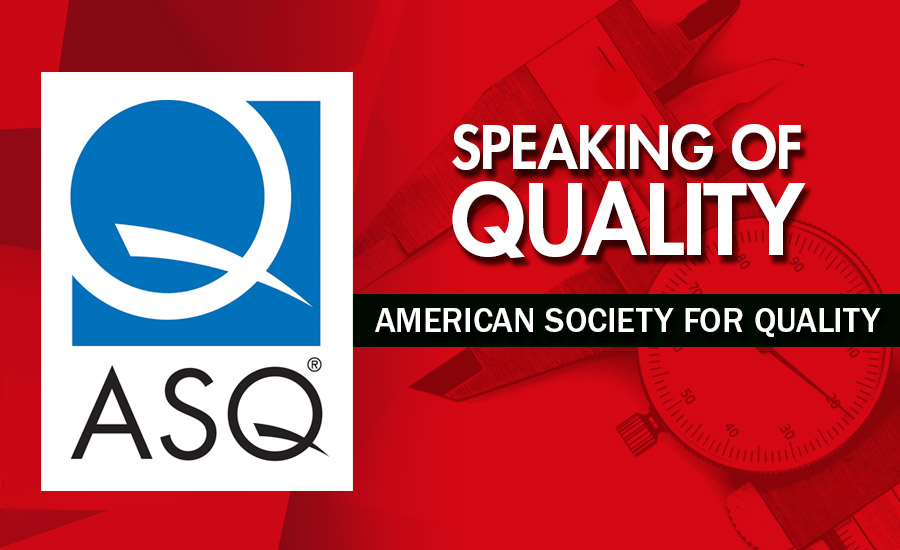Last month, we examined the supply chain. The management of this complex system is a daunting task. That’s why, with this month’s column, we will move the discussion from the system to the standard—specifically, the quality management standard, ISO 9001:2015. While companies have until 2018 to transition to the revision, now is a good time to review the standard and the organization that oversees it.
The International Organization for Standardization (ISO)* is an independent, nongovernmental organization that oversees the drafting of ISO 9001 and many other international standards. ISO, through its 164 member organizations, brings together experts “to share knowledge and develop voluntary, consensus-based, market relevant International Standards that support innovation and provide solutions to global challenges.” Since 1946 (the same year ASQ incorporated in New York state), ISO has published 21,532 International Standards and related documents, covering almost every industry, including technology, food safety, agriculture, and healthcare. ISO International Standards impact everyone, everywhere.
On iso.org, ISO notes, “ISO 9001 is a standard that sets out the requirements for a quality management system. It helps businesses and organizations to be more efficient and improve customer satisfaction.” ISO also offers the following as ISO 9001:2015’s benefits over the 2008 version:
- Puts greater emphasis on leadership engagement
- Helps address organizational risks and opportunities in a structured manner
- Uses simplified language and a common structure and terms, which are particularly helpful to organizations using multiple management systems, such as those for the environment, health and safety, or business continuity
- Addresses supply chain management more effectively
- Is more user-friendly for service and knowledge-based organizations
In drafting this version of the quality management standard, the team approached changes, updates, and improvements that businesses must address to achieve success in the current—and future—economic landscape.
Whether your organization is currently transitioning or looking to adopt ISO 9001:2015, the process doesn’t need to be cumbersome. In the article, “Ready, Set, Transition,” (Quality Progress, December 2016), Govind Ramu, chair of the ISO 9001:2015 U.S. Technical Advisory Group, Technical Committee 176, subcommittee 1, divides the transition process into three sections: planning, communication, and execution. Ramu also suggests thinking of transitioning to—or adopting—ISO 9001:2015 in this way:
“ISO 9001:2015 is not a giant, scary monster. It’s a commonsense approach to running any organization. When process owners complain about additional work that ISO 9001 creates, I always ask them, ‘Tell me one thing in ISO 9001 you wouldn’t do in a business.’ With or without ISO 9001, the requirements outlined in the standard are fundamental to any business.”
The process becomes a matter of perspective. With so many advantages to the new standard, it’s best to take the next 18 months, roll up your sleeves, and prepare your organization for improvement.
*Note on the name: ISO is often thought of as the acronym of the organization. But the organization’s name is the International Organization for Standardization. In fact, it would have different acronyms in different languages. The short form, ISO, is derived from the Greek isos, meaning equal.


